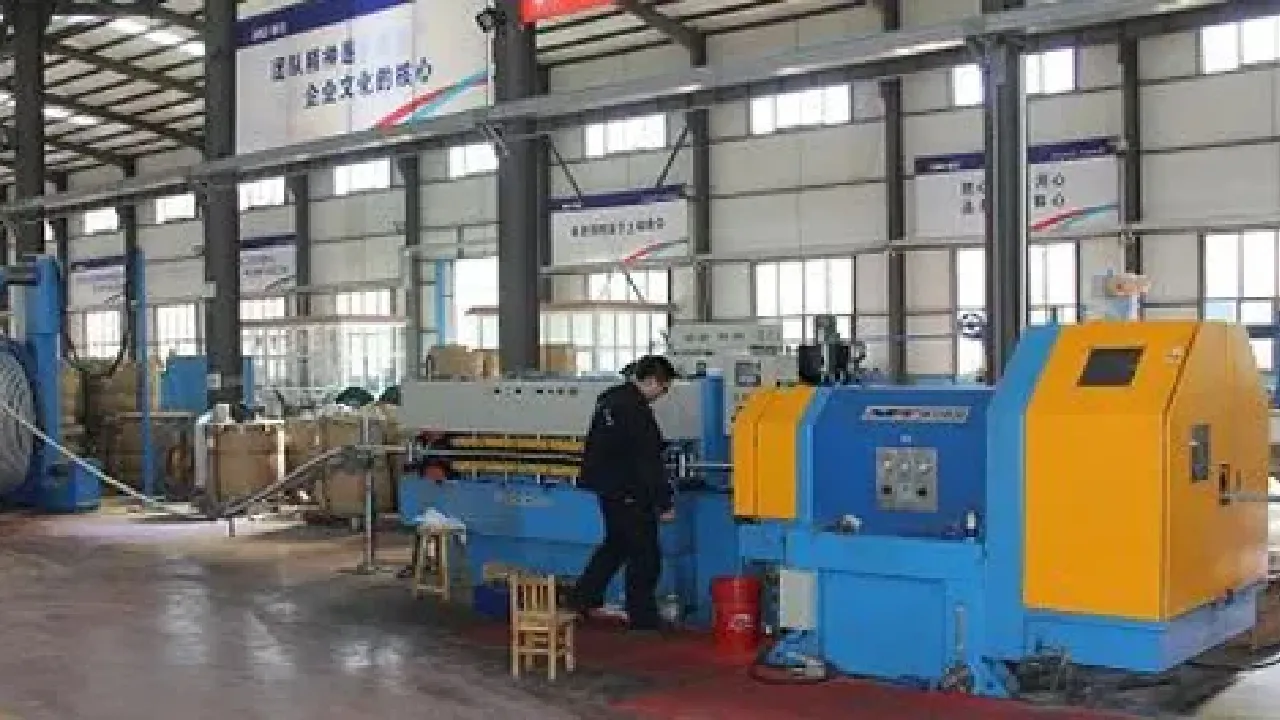Dec . 05, 2024 05:56 Back to list
Flanged Butterfly Valve Options for Enhanced Piping Systems Efficiency
Understanding Butterfly Valve Flange End A Comprehensive Overview
Butterfly valves are essential components in a variety of industrial applications, providing effective flow regulation and control in piping systems. Among the various designs, the flange end butterfly valve is particularly notable due to its ease of installation and ability to maintain tight seals under different operating conditions. In this article, we will explore the features, advantages, and applications of butterfly valves with flange ends, as well as maintenance considerations for optimal performance.
What is a Butterfly Valve?
A butterfly valve is a quarter-turn valve that uses a rotating disk to regulate the flow of fluids. The disk is mounted on a rod and, when turned, either allows or restricts the flow. The simplicity of this mechanism offers quick operation, making butterfly valves ideal for large flow applications. They are commonly used in water supply, wastewater treatment, and various industrial processes.
The Flanged End Design
The flange end butterfly valve is designed with flanges on either side of the valve body, making it easy to connect to pipelines. These flanges are usually drilled to accommodate bolts, allowing for a secure and leak-proof connection. This design offers several advantages, including
1. Simple Installation The flanged design allows for easy installation and removal. This is particularly beneficial in systems where maintenance may be required.
2. Robust Sealing The flange end design allows for tight seals, reducing the risk of leaks. Proper gaskets can further enhance this capability, providing reliable performance under varying pressure and temperature conditions.
3. Variety of Sizes and Materials Flanged butterfly valves are available in a range of sizes, pressure ratings, and materials. This versatility makes them suitable for a wide array of applications, from water treatment to petrochemical processes.
4. Low Operating Torque The design of butterfly valves generally requires less force to operate compared to other valve types. This is particularly advantageous in large systems where reducing the effort needed to control flow can lead to savings in both energy and cost.
Applications of Flange End Butterfly Valves
butterfly valve flange end

Flange end butterfly valves are utilized across multiple industries, including
- Water and Wastewater Treatment Their efficient flow control capabilities make them ideal for regulating water supply and treatment systems. - Chemical Processing The corrosion-resistant materials and reliable sealing make these valves suitable for handling aggressive chemicals. - HVAC Systems In heating, ventilation, and air conditioning, butterfly valves are commonly used to control airflow and temperature. - Oil and Gas Their robust construction enables them to function effectively in high-pressure and high-temperature environments encountered in oil and gas applications.
Maintenance Considerations
To ensure the longevity and efficiency of flange end butterfly valves, regular maintenance is essential. Here are some key maintenance tips
1. Regular Inspections Periodically check for leaks, corrosion, and wear, especially on the gasket and seals. Early detection of issues can prevent more significant problems down the line.
2. Lubrication For valves with manual actuation, ensure that the operating mechanism is adequately lubricated to prevent sticking and wear.
3. Cleaning Depending on the application, the interior of the valve may accumulate debris that can impede flow. Regular cleaning ensures optimal performance.
4. Functional Testing Periodic testing of the valve's response to open and close commands will ensure it operates as intended. This is vital in emergency situations where reliable function is critical.
Conclusion
Flange end butterfly valves are a crucial component in effective fluid control across various industries. Their straightforward design, ease of installation, and robust sealing capabilities make them a popular choice among engineers and maintenance personnel alike. By understanding their features and implementing regular maintenance practices, organizations can maximize the performance and lifespan of these vital valves, ensuring safety and efficiency in their operations. Whether in water treatment, chemical processing, or HVAC applications, the importance of flange end butterfly valves cannot be understated.
Share